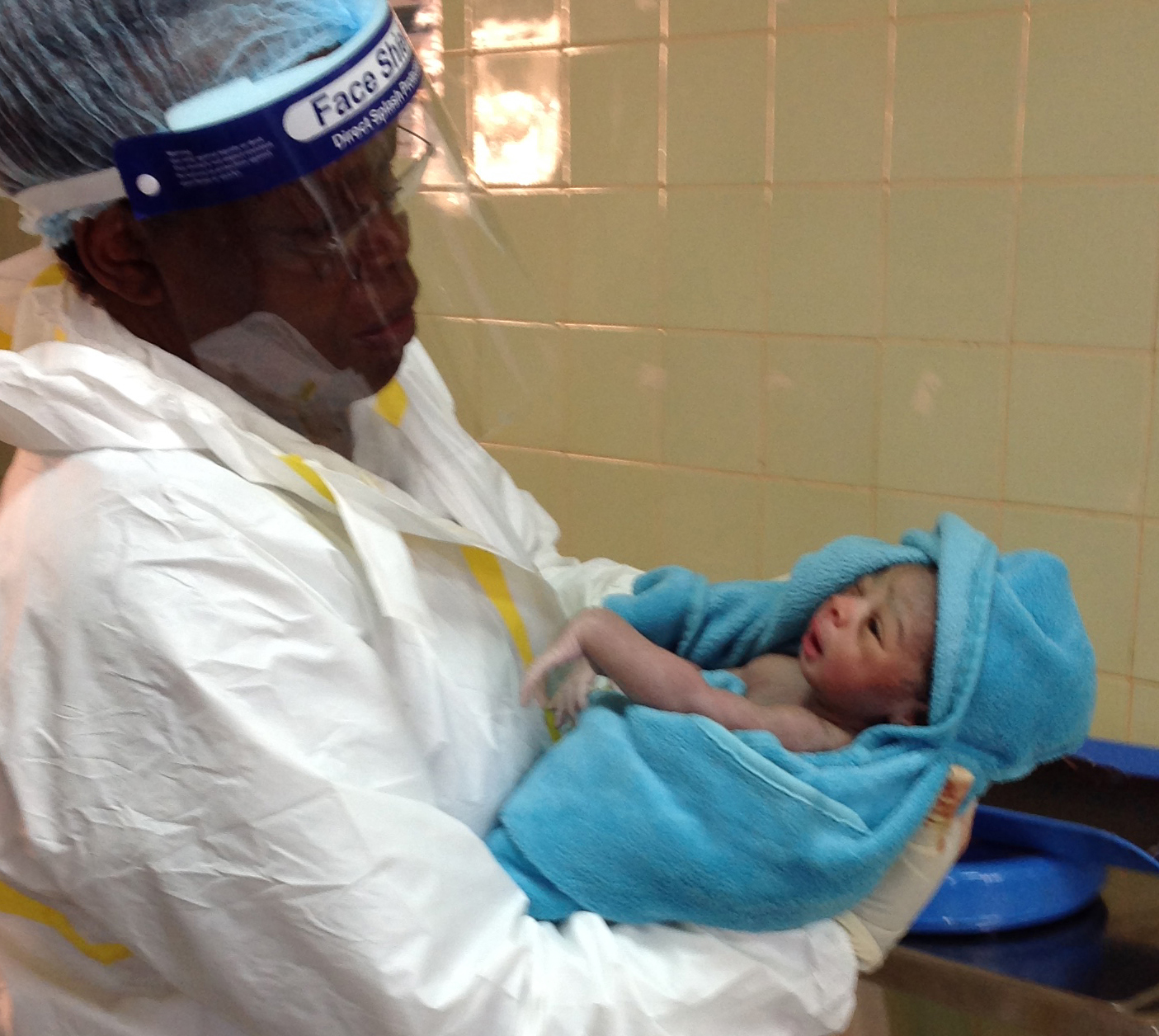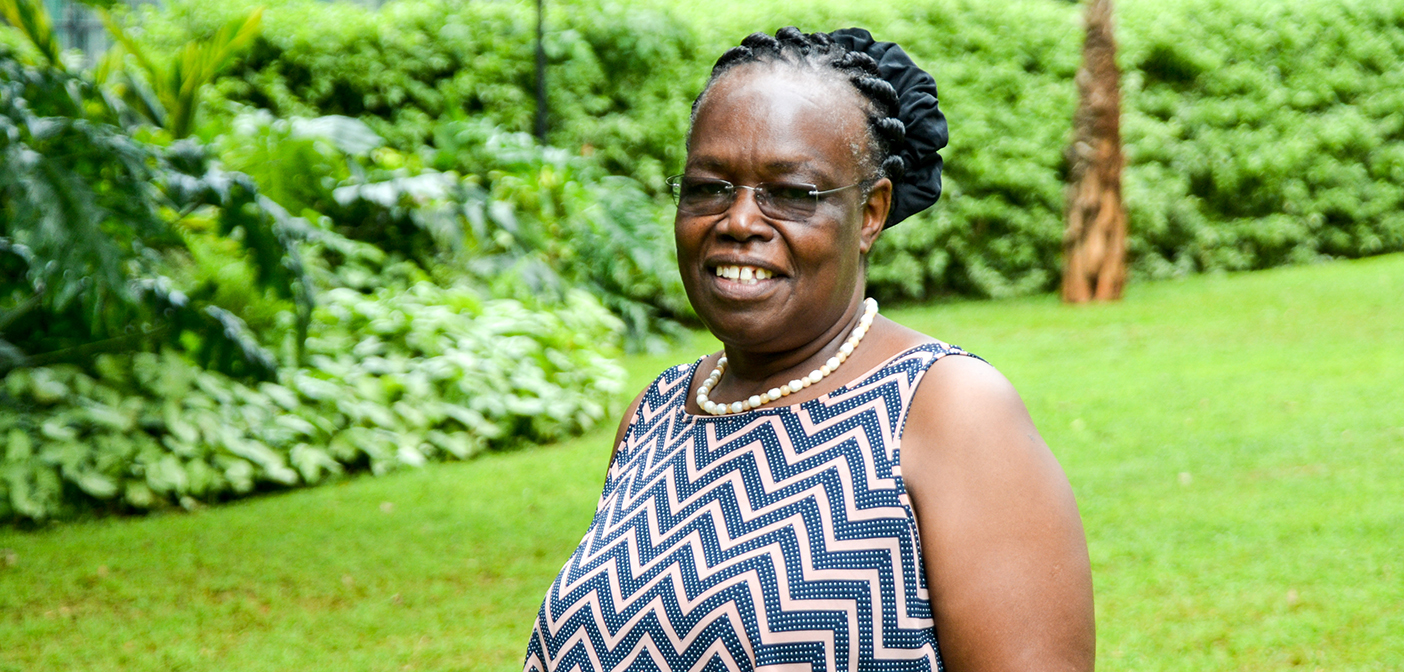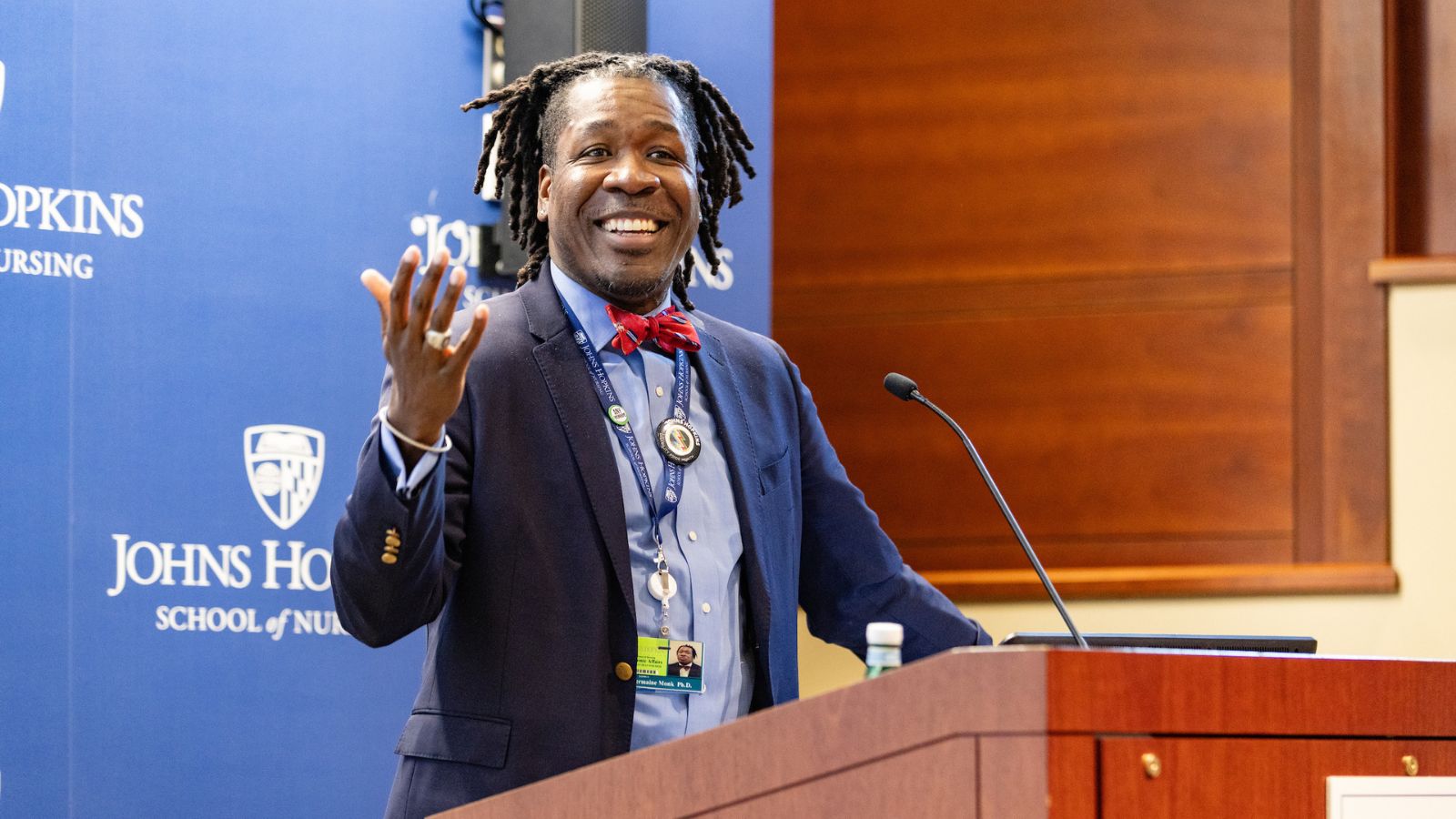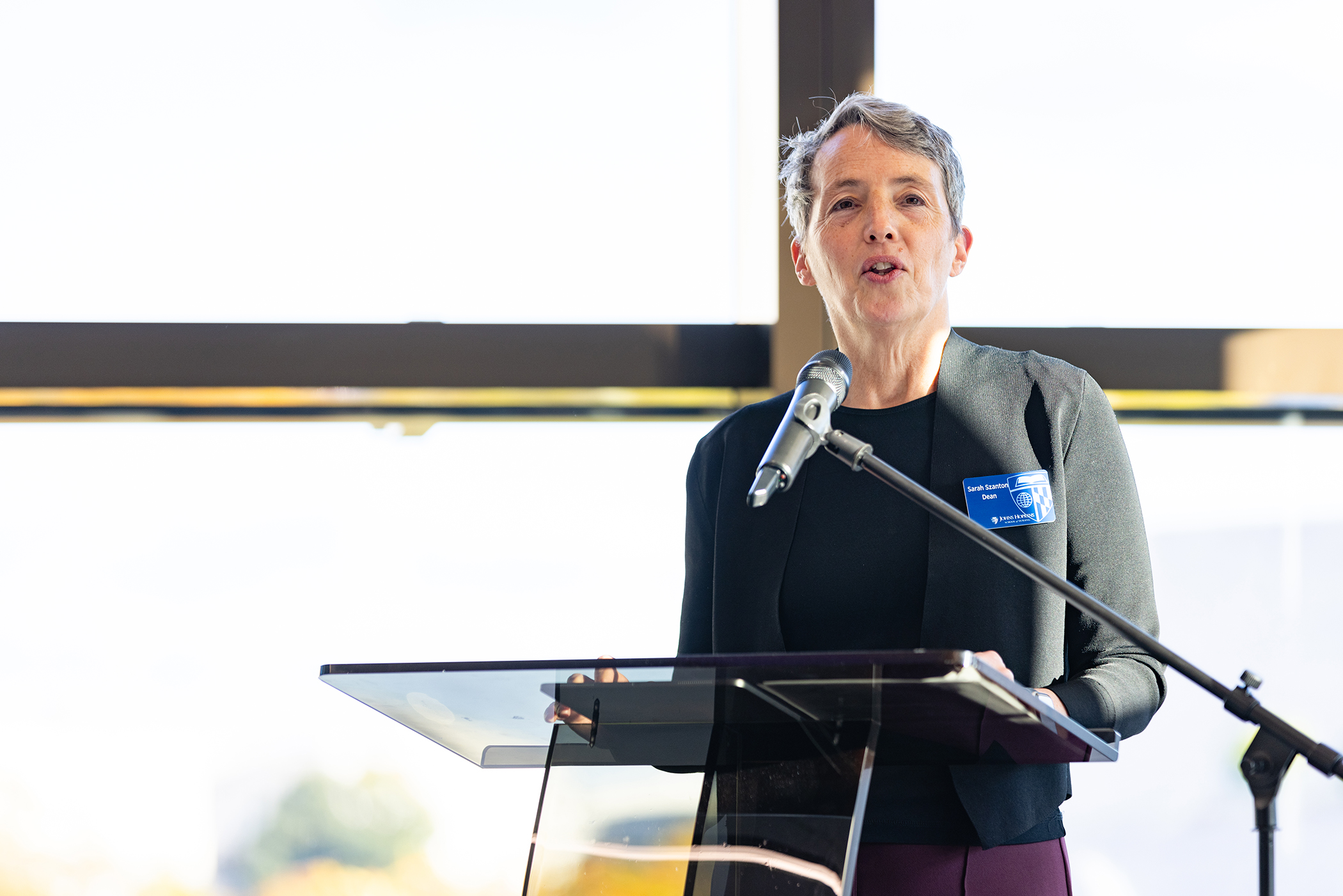By Alisha Horowitz
A Kenyan ‘holiday’ one nurse will never forget
Nurse-midwife Rosemary Kamunya had no idea what was in store for her when she went on holiday with her children and grandchildren to her hometown of Nyeri in Kenya’s Central Highlands. The doctors had gone on strike. To Kamunya’s surprise, a midwife from a private maternity called her at midnight the very day she arrived to ask for help. A woman was suffering from postpartum hemorrhage. Kamunya immediately went to lend a hand.
When she arrived at the 20-bed maternity center, Kamunya found that the woman in labor had retained products of conception, placental or membrane tissue remaining in the uterus following delivery, which pose an increased risk of bleeding and infection. Kamunya knew exactly what to do. She removed the tissue, gave the woman a second dose of oxytocin, a drug that helps the uterus contract, massaged the uterus, and settled the woman and her baby. Little did she know that her work had just begun. Kamunya would spend most of the next eight days at the center.
While she was saving the first mother’s life, three more women in various stages of labor arrived. Kamunya never went back to bed that night. She delivered all three babies. Kamunya finally returned home to sleep that morning, only to be roused by the afternoon with another urgent plea. Kamunya heeded the call.
The next day, Kamunya assisted the midwives with antenatal care visits and more deliveries. She then managed to get away to enjoy some time with her family.

Rosemary Kamunya delivered babies as well as valuable lessons on midwifery.
But she was back the next day to help a woman in labor with poor progress: “She was already 9 to 10 centimeters dilated and a bit dehydrated. I gave her fluids and in less than 30 minutes she had a normal delivery of a healthy baby.”
Over the eight days, Kamunya would deliver 15 babies in all. She didn’t stop there, though. Kamunya, who is a senior training adviser in Kenya for Jhpiego, an affiliate of Johns Hopkins University, saw her opportunity for a teachable moment—a series of them.
Kamunya updated the midwives on management of postpartum hemorrhage, manual removal of the placenta, clinical decision making based on data recorded on the partograph (a graphical presentation of the progress of labor), and insertion of postpartum IUDs and implants. “They are trying to save the lives of women and their children irrespective of the challenges they face. The midwives are very committed and I would say champions,” she explains.
Kamunya took her interrupted holiday in stride, saying, “I was very happy to practice what I teach in my day-to-day work.”

 Forging Policy: How Can Doulas Improve Black Maternal Health?
Forging Policy: How Can Doulas Improve Black Maternal Health? Forging Policy: Associate Dean Jermaine Monk and Education After Affirmative Action
Forging Policy: Associate Dean Jermaine Monk and Education After Affirmative Action Most People Want to Breastfeed, But Need More Support To Do So
Most People Want to Breastfeed, But Need More Support To Do So Awards for Diversity
Awards for Diversity From the Dean: Here & Now
From the Dean: Here & Now






